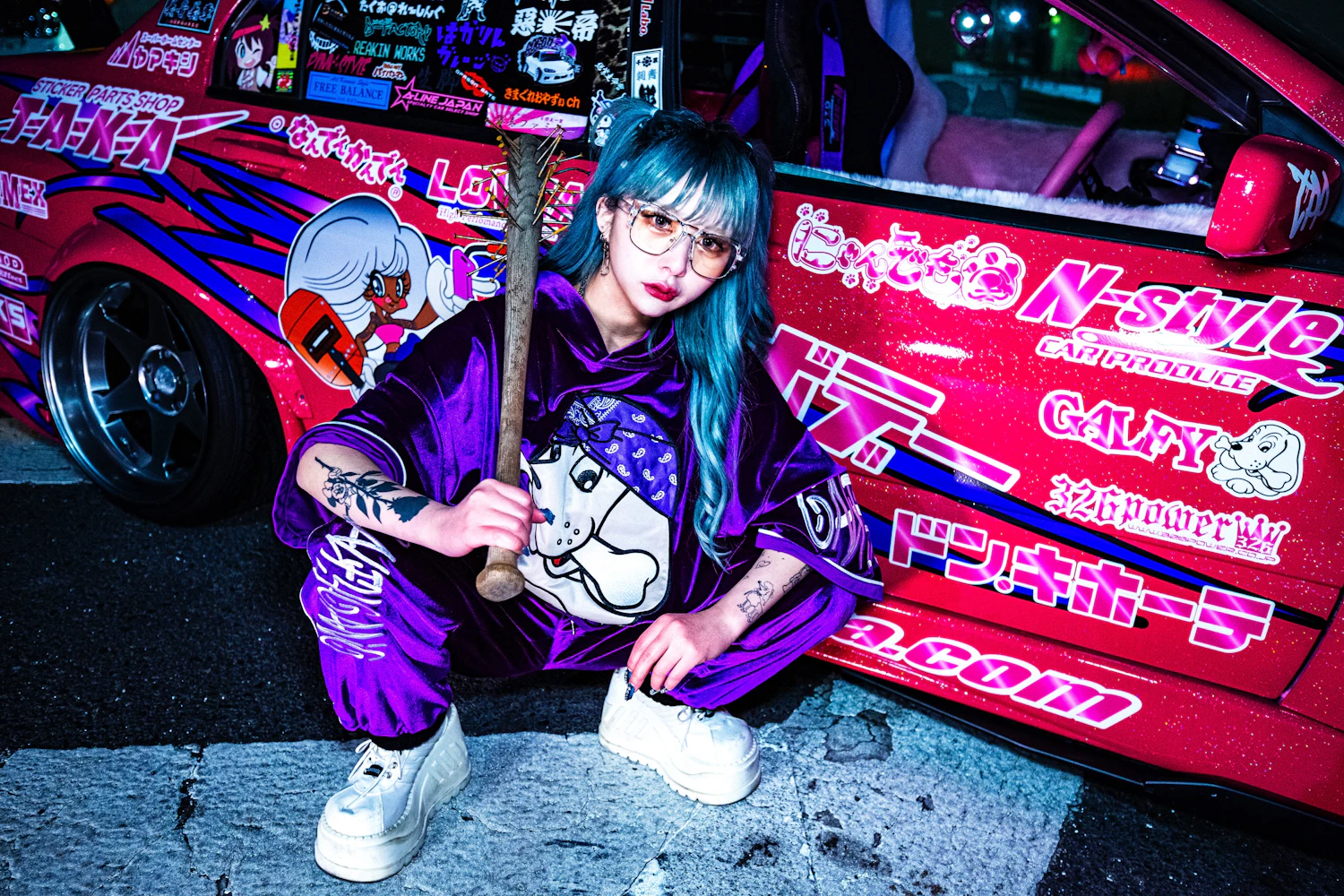12.12FRI
2024.04.08
Dominating the Outlaw Scene in the 90s: The Evolution & Revival of GALFY

As we approached the Reiwa era (2019-present), various brands made a comeback. Among them, GALFY stood out.
In the surge of the resurgence of 90s women's brands, the revival of a once silent men's brand caused a stir.
Once a sensation as an outlaw brand, what has GALFY evolved into now? And, how did collaborations, distinct from other apparel brands like Don Quijote, come about?
We spoke with GALFY designer Rin Ishikawa about GALFY's 'outlaw' style and current street culture.
GALFY in the 90s: Reigning as an Outlaw Brand
GALFY was a brand favored by the outlaw-types in the 90s.Although it is now strongly associated with street fashion loved by influencers, depending on the generation, it may still have a strong impression as a brand for outlaws.
What was the GALFY of the 90s like?
"I was not around at that time, so I can't definitively say, but it seems that it was not initially targeted at outlaw-types.
"Those types of people just happened to start coming. But, it appears the brand started with an inspiration from Versace's setup, so it was born as a more affordable version of that," said Ishikawa.
CONCEPT VIDEO
"fashion tech news" Unveils New Logo & Concept Video
TOP ARTICLES
RELATED ARTICLES
CONCEPT VIDEO
"fashion tech news" Unveils New Logo & Concept Video
CONTACT
If you have any questions or enquiries, please enter your details in the form below.








![[No.2]Living National Treasure Akihiro Maeta's Encounter with White Porcelain and His Resolve as a Ceramic Artist](https://images.microcms-assets.io/assets/1775a3633c8b428d9f011c6a758a8a5c/a45e84eacef04bbca524a4ca874600e9/OGP2.JPG?w=400&fm=webp)


![[No.1] Living National Treasure Akihiro Maeta's Childhood and First Encounter with Crafts](https://images.microcms-assets.io/assets/1775a3633c8b428d9f011c6a758a8a5c/240412c3efa94a86b60f159fbfa21986/OGP1.JPG?w=400&fm=webp)





.png?w=400&fm=webp)


